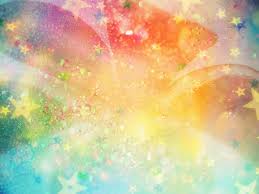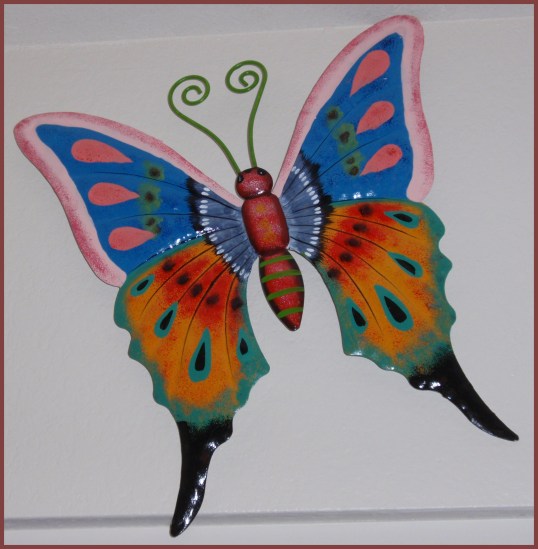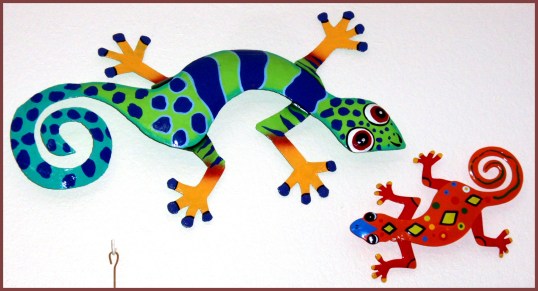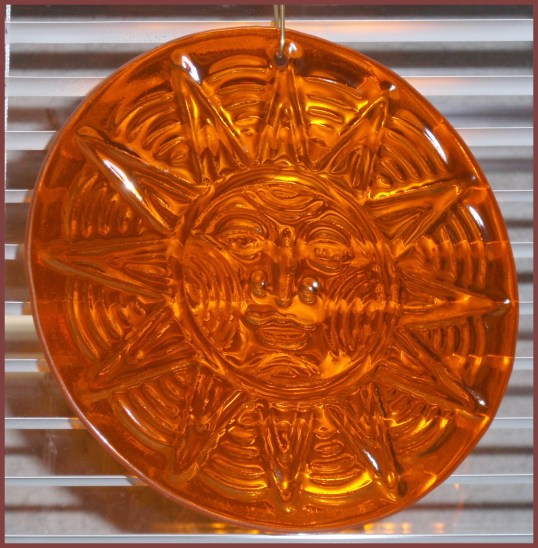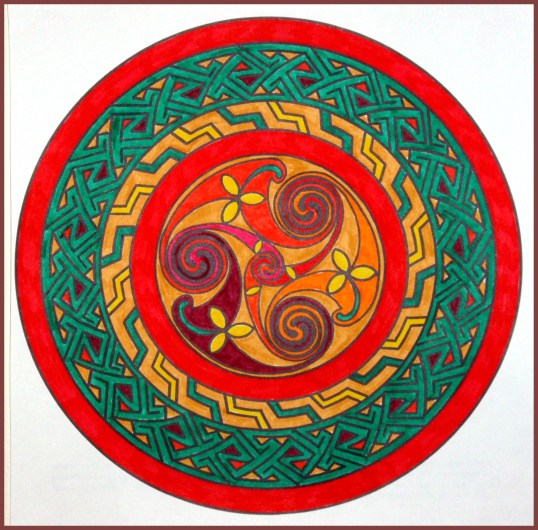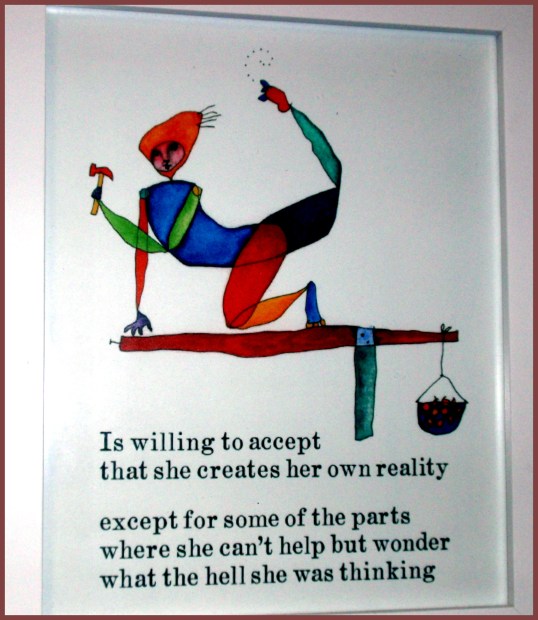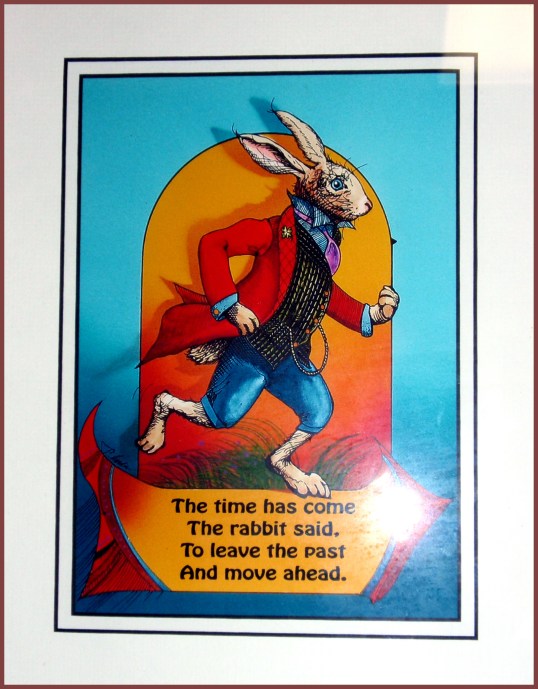celebrating zentangle
 Zentangle, you say? What the heck is that?
Zentangle, you say? What the heck is that?
The short and simple answer is that it’s a combination of meditation and doodling. Maybe it could have been called moodling, but I like zentangle better.
I will let the folks who created this process describe it.
Anything is Possible One Stroke at a Time
At first glance, a Zentangle creation can seem intricate and complicated. But, when you learn how it is done, you realize how simple it is . . . sort of like learning the secret behind a magic trick. Then, when you create a piece of Zentangle art, you realize how fun and engrossing the process itself is.
Zentangle uses “simple deliberate strokes which build on each other in beautiful, mesmerizing and surprising ways.” The tools of this art are few, simple, and portable. You need some black micron pens, a couple of blending tortillons, maybe a pencil or two, and a handful of 4.5″ x 4.5″ tiles to draw on.
 Although you can get creative with color if you like, most zentangle art is done in black and white. Using different width pens, soft pencils, and the tortillon for shading gives a three-dimensional appearance while allowing you to focus on the patterns. I have a few colored pens, but so far I’ve only used the black ones.
Although you can get creative with color if you like, most zentangle art is done in black and white. Using different width pens, soft pencils, and the tortillon for shading gives a three-dimensional appearance while allowing you to focus on the patterns. I have a few colored pens, but so far I’ve only used the black ones.
Fortunately no artistic talent is required to engage in this activity. Since I already had a habit of doodling, zentangling just took it to the next level. Above and to the right are a couple of my attempts. The first is called opening and the second springing forth.
 The “tangle” in zentangle is the free-form outline you begin with. In the example above you can see the rectangular outline and the strong lines running through it. The design is created by filling in the open spaces.
The “tangle” in zentangle is the free-form outline you begin with. In the example above you can see the rectangular outline and the strong lines running through it. The design is created by filling in the open spaces.
The one on the right is a little more loopy.
The appeal of zentangle is that it’s very relaxing, even meditative. One of the few rules is “no erasing!” So if you make a so-called mistake, you simply incorporate it into your drawing. It’s sort of like life, which also doesn’t come equipped with an eraser.
My favorite way to zentangle is to get out my pattern books and my supplies, create my tangle on a tile, and decide which patterns I want to start with. I always like to try one or two new patterns. Music is a good accompaniment. So is a cup of hot tea or even a glass of wine.
If you haven’t heard of zentangle yet, you’ll be surprised to discover how many books, websites, and even videos are available to show you how to do it. Should you decide to try zentangling, be aware that it can be addicting. But I suspect we could all use more quiet, focused time in our lives, and zentangle can be used as a practice, the same way meditation and writing and walking are used.
This post is part of April’s 30 Days of Celebration. To read more, click on the Celebration category link.

 A suncatcher by any other name would be a sunflake.
A suncatcher by any other name would be a sunflake.
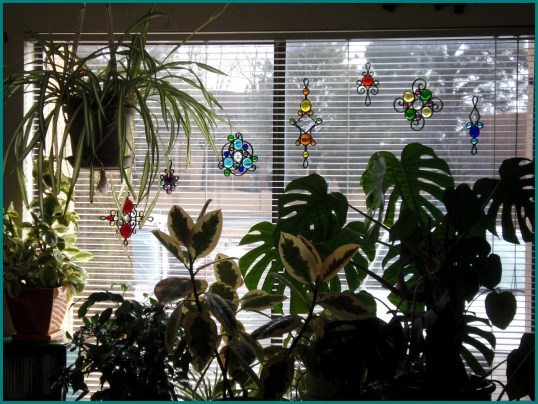
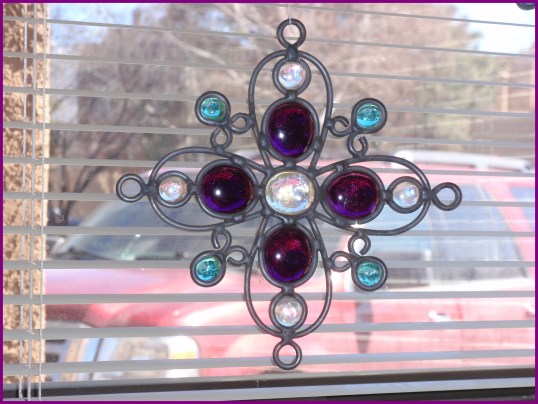
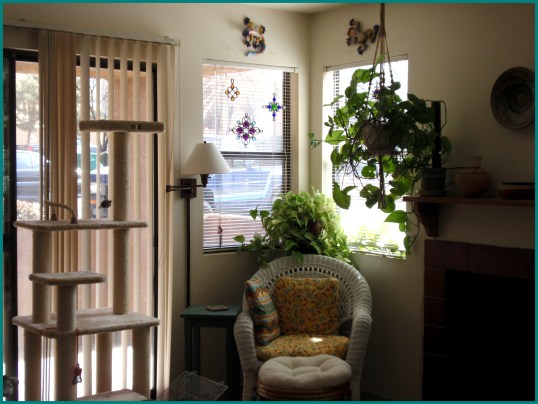
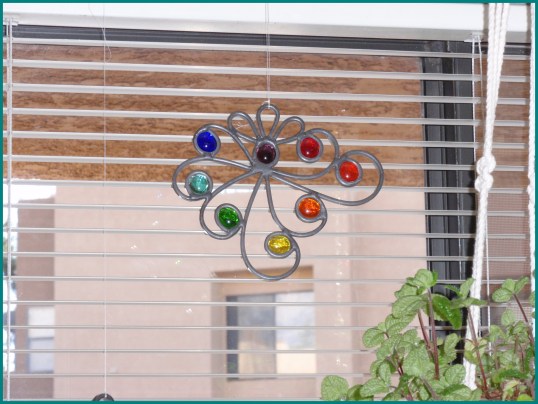







 Occasionally I indulge myself by “leafing through” some of the online font catalogs reacquainting myself with some old favorite: Antique Olive, ITC Berkeley Oldstyle, Friz Quadrata, ITC Novarese, Nueva (used in the photo on the right), Ocean Sans, and Optima. There’s something about the shape and proportion of letters that I think I’ve always paid attention to—sometimes more than to the actual words or even the meaning. It’s not unusual for me to check out what font was used in a book I’m reading.
Occasionally I indulge myself by “leafing through” some of the online font catalogs reacquainting myself with some old favorite: Antique Olive, ITC Berkeley Oldstyle, Friz Quadrata, ITC Novarese, Nueva (used in the photo on the right), Ocean Sans, and Optima. There’s something about the shape and proportion of letters that I think I’ve always paid attention to—sometimes more than to the actual words or even the meaning. It’s not unusual for me to check out what font was used in a book I’m reading.